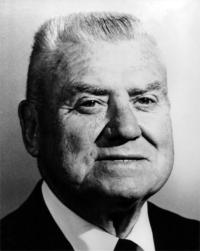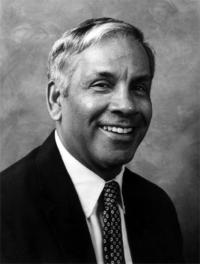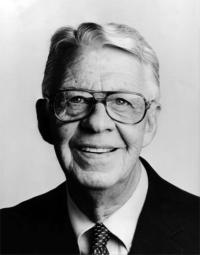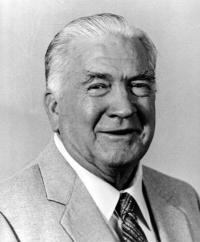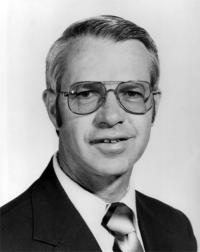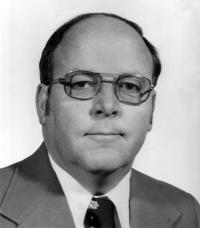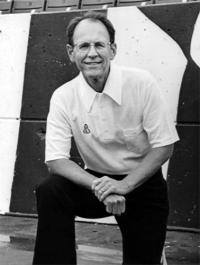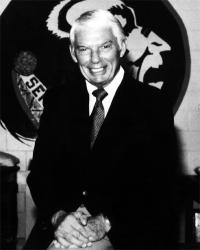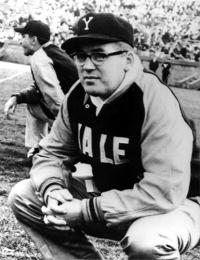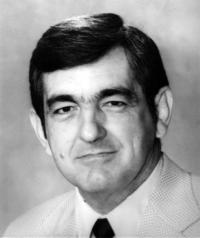1903 - 1972
By the time he retired in 1968, Francis “Packey” Boyle had devoted 32 years to the profession. Boyle, a doctor of osteopathy, was head of physiotherapy at Sun Valley, Idaho, from 1936-52, during which time he also supervised the athletic training of the Olympic ski team. He moved on to become an athletic trainer for the University of Arizona and then head athletic trainer for the University of Idaho.

